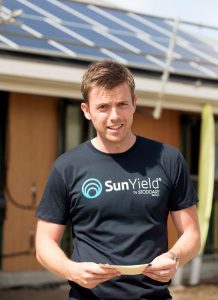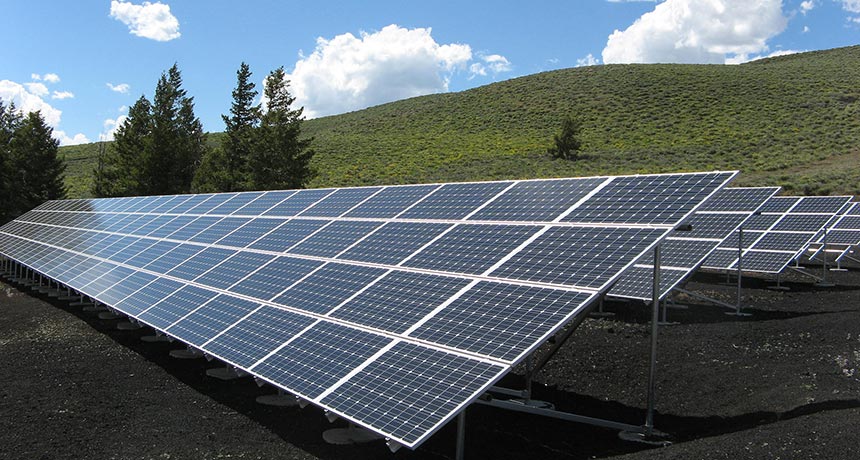Brisbane-based Stoddart Group have announced Australia’s ‘first landlord and tenant friendly solar solution’ which they are naming SunYield. They’ll have solar systems + storage installed as default for any new homes built by the group – the systems will also be integrated with SunYield system which makes it simple for renters to benefit from the solar system as well as the owners.
SunYield by Stoddart Group
Stoddart Group’s General Manager for Energy Systems Adam Taylor was quoted in a press release discussing how difficult it can be to find a balance where having solar installed is beneficial for tenants and landlords:
“Renters have long missed out on the benefits of solar power simply because it was too hard or complicated for landlords to justify the cost.”
“SunYield changes this by ensuring that solar on a new rental property is a good deal for the landlord, as well as the tenant” said Taylor.
“With SunYield, if the tenant chooses to use the solar panels, all solar and grid power is measured automatically via a smart switchboard and the tenant receives a single monthly power bill for all electricity consumed from both the solar and the grid. The process is completely automated, with the landlord then receiving a payment for all solar generated, whether it was used by the tenant or sent to the grid.
“With this technology, the landlord owns the solar system and can either sell the power to their tenant at a discount to the market rate or export it to the grid if the tenant chooses not to buy it.”
The SunYield package has a 6.5kW solar system with a Stoddart Smart Board (which replaces the standard meter box). It’s battery-ready and is being delivered in conjunction with Powershop and Reposit. It was launched in Queensland with leading investment builders Choice Homes, Brighton Homes, Fortitude Homes and MetInvest, who will all include the solar system as part of their new home builds.
This is a lot different to other types of rental solar schemes we’ve seen – having the solar + storage built in to the price of a new property means there’s no annoying paperwork or organisation required by either party, and there’s no requirement for the renter to use the solar system if they don’t want to.
For example, last month we wrote about SunTenants – a scheme where the system is bought by the owner but subsidsed by renters (who, in turn, save money on electricity). There’s also ShineHub which offers ‘fixed rate, free access’ but they retain ownership of the panels/storage.
We’re starting to see more and more different options to offer solar power to renters – great to see another option which simplifies the process and is a win for everyone!
Stoddart Group plan to install 15,000 systems over the next three years.




